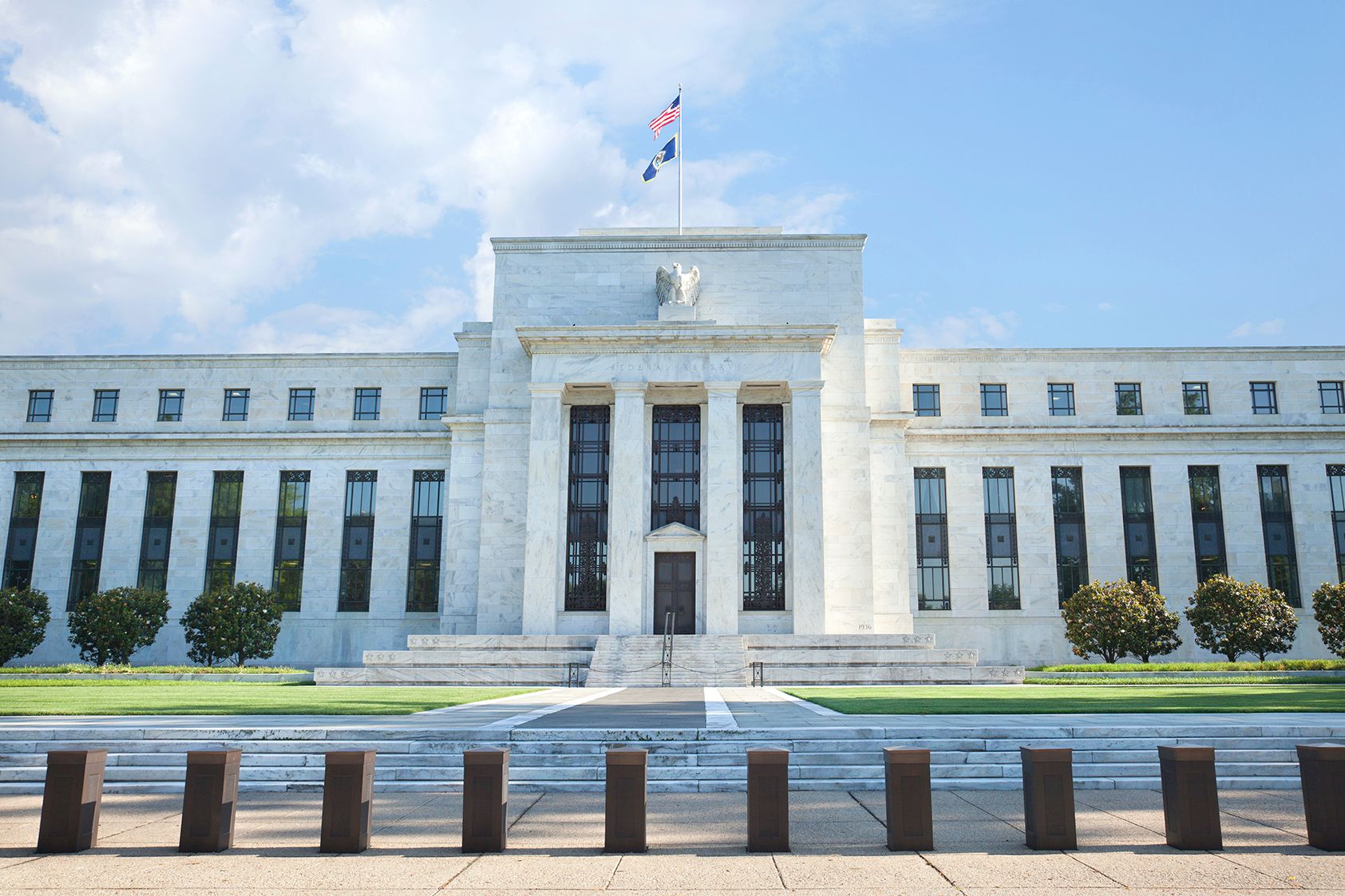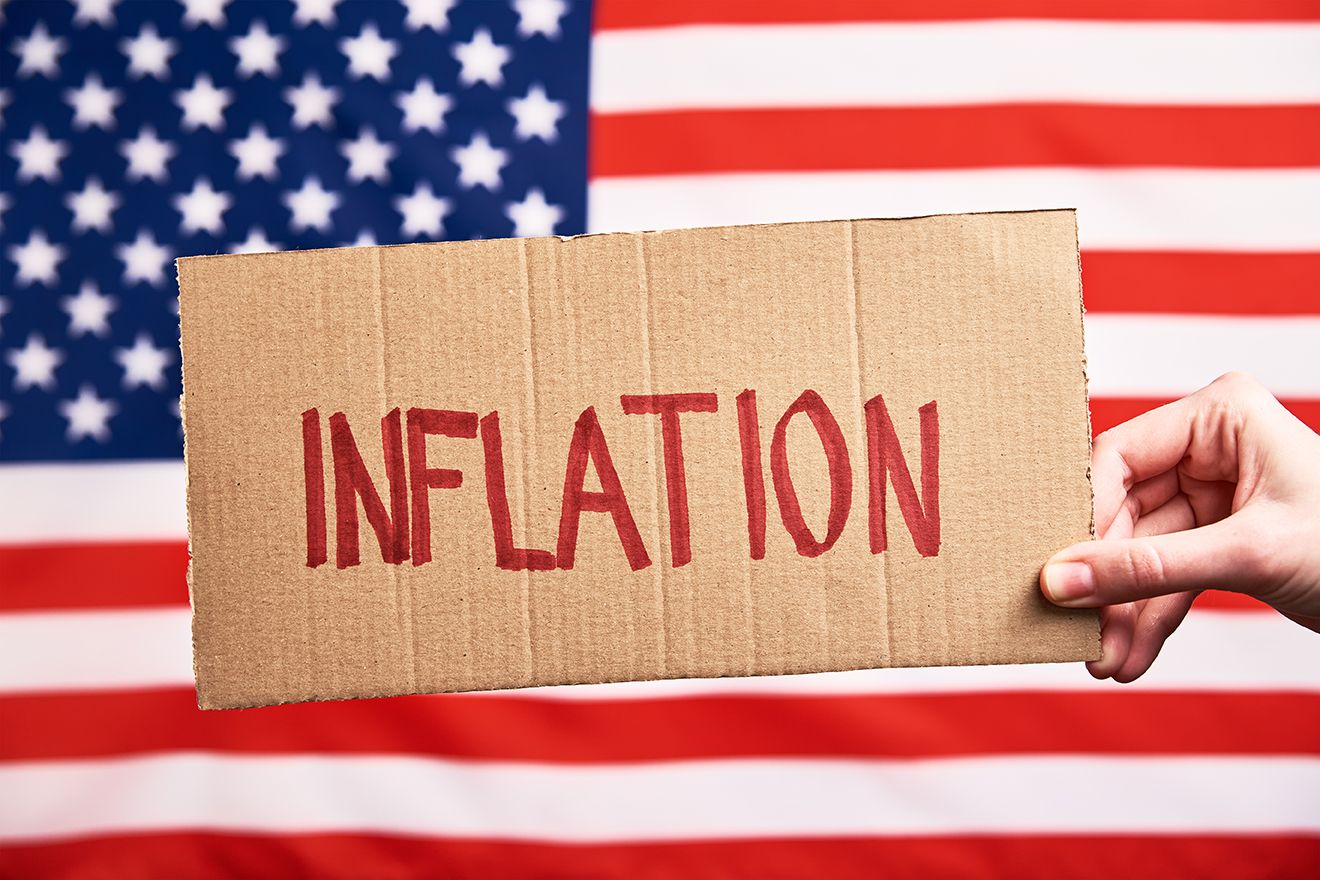USTECH 100 Remains Flatlined Ahead Of The Key U.S. Jobs Data Report






- Critical August jobs report is expected to run hot, and that could lead to a more aggressive Fed
- Stocks sold off ahead of the nonfarm payroll report this week on worries about inflation and rising interest rates.
- Positive U.S. Macro data give an intraday lift to the U.S. Dollar

USTech 100 was flatlined on Friday during the early hours of the Asian session after clawing back some of its losses in the previous session. Any further uptick seems elusive as the general stock market outlook is bearish amid an aggressive, fed-rate hike bet. However, today's key event data would determine the extent to which the FED would hike its interest rate in its next monetary policy committee meeting.

Earlier Thursday, The Nasdaq Composite slipped, posting its first five-day losing streak since February, weighed down by falling semiconductor stocks. It was worth remembering earlier last month; memory chipmaker Micron warned that revenue may fall short of its prior guidance because of "macroeconomic factors and supply chain constraints." The stock fell more than 3%.
Additionally, weaker-than-expected revenue guidance from Nvidia weighed on the group, and those stocks extended their losses. "These are two big players that I think investors thought were better positioned to navigate some of these recent supply chain issues. I think there's concern that this is going to weigh on tech," said Ed Moya, senior market analyst at Oanda.
That said, The Nasdaq composite is set to end the week lower after slumping in the last days of August, on course to notch its third negative week in a row. Stocks have been weighed down by hawkish comments from Federal Reserve officials signalling that interest rate hikes aren't going away anytime soon. Now, traders are watching to see if stocks will retest the June lows, especially since September is historically a poor month for the market.

The August jobs report from the Bureau of Labor Statistics is due Friday morning. It is the latest piece of economic data investors, and the Federal Reserve will have to gauge the strength of the U.S. economy.
According to Dow Jones, economists expect that the economy will add 318,000 jobs in August. That's less than the surprisingly strong 528,000 jobs added in July, according to Dow Jones. In addition, the unemployment rate is expected to stay steady at 3.5%, and average hourly wages are forecast to rise by 0.4% or 5.3% during the year. The report is important as it's one of the last pieces of data the Fed will see before its September meeting, where it is set to raise its benchmark interest rate again.
Strategists say the jobs report could be perceived as a "bad news is good news" type of report. A strong number could trigger more selling and a rise in bond yields since investors will assume it will make the Fed more aggressive about raising interest rates.
"A weak number will lead to a rally in bonds," said Peter Boockvar, chief investment officer at Bleakley Advisory Group. "It will lead to weakness in the dollar, and that will give us a relief rally in stocks, but I don't know how long that will last because buying stocks into the teeth of a recession hasn't been a great strategy. I think it will be a recession for some and maybe not for others."
Fed Chair Jerome Powell spooked the market last week when he emphasized the central bank is committed to battling inflation with higher rates and it does not plan to back down. Many market pros expected the Fed to reverse some of its rate increases next year. Powell used his Jackson Hole speech to bluntly warn that the economy and the labour market will likely feel "pain" as the Fed uses rate hikes to try to bring inflation under control. Investors have debated whether the Fed will use its September meeting to fire off a third three-quarter point hike or pare back to half a percentage point.
The U.S. dollar index, which measures the greenback against a basket of six currencies, was up 0.671% at 109.59 at 3:10 p.m. Eastern time (1910 GMT) on Thursday. Earlier it touched 109.99, its highest since June 2002, after a government report showed that the number of Americans filing new claims for unemployment benefits declined further last week, consistent with strong demand for workers and tight labor market conditions.

The report also showed fewer layoffs in August, despite hefty interest rate increases from the Fed to counter decades-high inflation, raising the risk of a recession. Data from the Institute for Supply Management (ISM) showed that U.S. manufacturing grew steadily in August as employment and new orders rebounded. A further easing in price pressures strengthened views that inflation has likely peaked. Expectations for a third straight 75-basis-point U.S. rate hike at the Sept. 20-21 Fed meeting are rising now on the back of solid economic data, with Fed funds futures last pointing to around a 77.1% chance of such an increase.
This helped push the yield on benchmark 10-year U.S. Treasuries to a more than two-month high of 3.297. The market's attention now turns to the August U.S. nonfarm payrolls report, due later today, which will be one of the key data points guiding Fed members when they meet later this month.

Technical Outlook: USTECH 100 Four-Hour Price Chart

From a technical standstill using a four-hour price chart, spot prices were flatlined on Friday after the modest overnight rebound from the 12009.70 level after finding support from the downward sloping trendline extending from the august 2022 swing lower-lows. On the one-hour price chart, spot prices face an immediate hurdle ranging from 12241.58- 12292.52 levels. The supply zone coincides with the trendline plotted as a lower high from 30th August and would act as a barricade against any further uptick. That said, a clean break above the aforementioned zone would be seen as a new trigger for bulls to continue pushing the price up and pave the way for more additional gains.
The moving average convergence divergence (MACD) crossover at -49.5738 paints a bearish filter. The RSI(14) level at 42.687 is in the bearish territory and faces stiff resistance above levels ranging from 41.5038-44.7172 level. Additionally, the 50 and 200 Exponential Moving Average(EMA) crossover(death cross) at the 12850.49 level further adds to the downside bias. All the technical indicators point to a strong continuation of the bearish trajectory indicating further uptick risks fizzling out.
On the flip side, if the bears manage to regain control of the market, pushing down the price back to the 12000.0 psychological level(marked by 1st august lower lows). A convincing break after that below the downward-sloping trendline would negate any near-term bullish sentiment and pave the way for aggressive technical selling.
